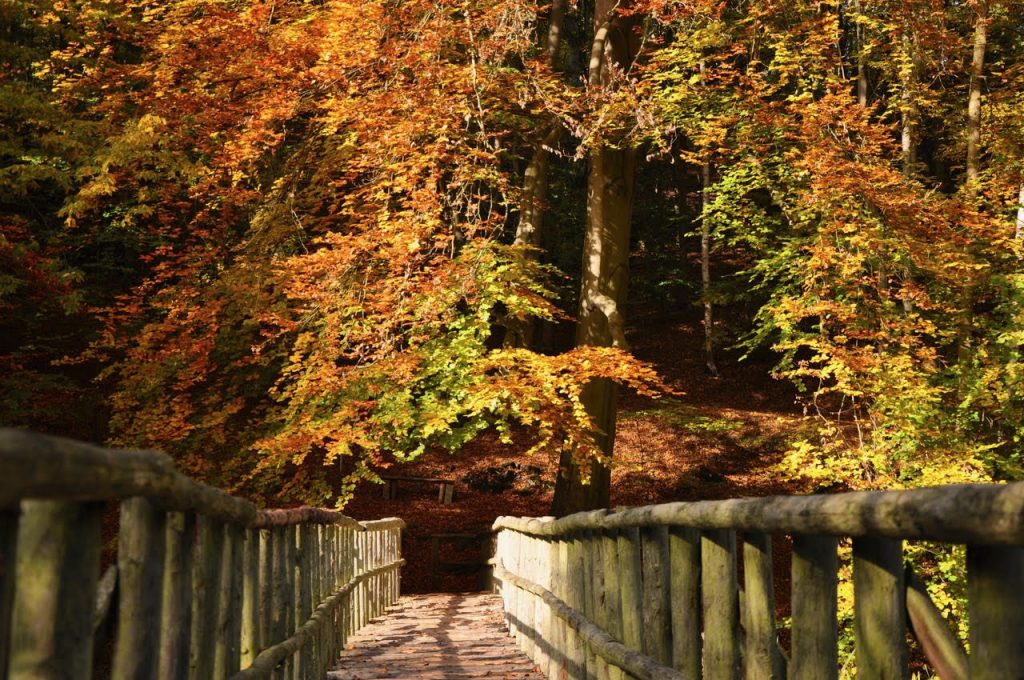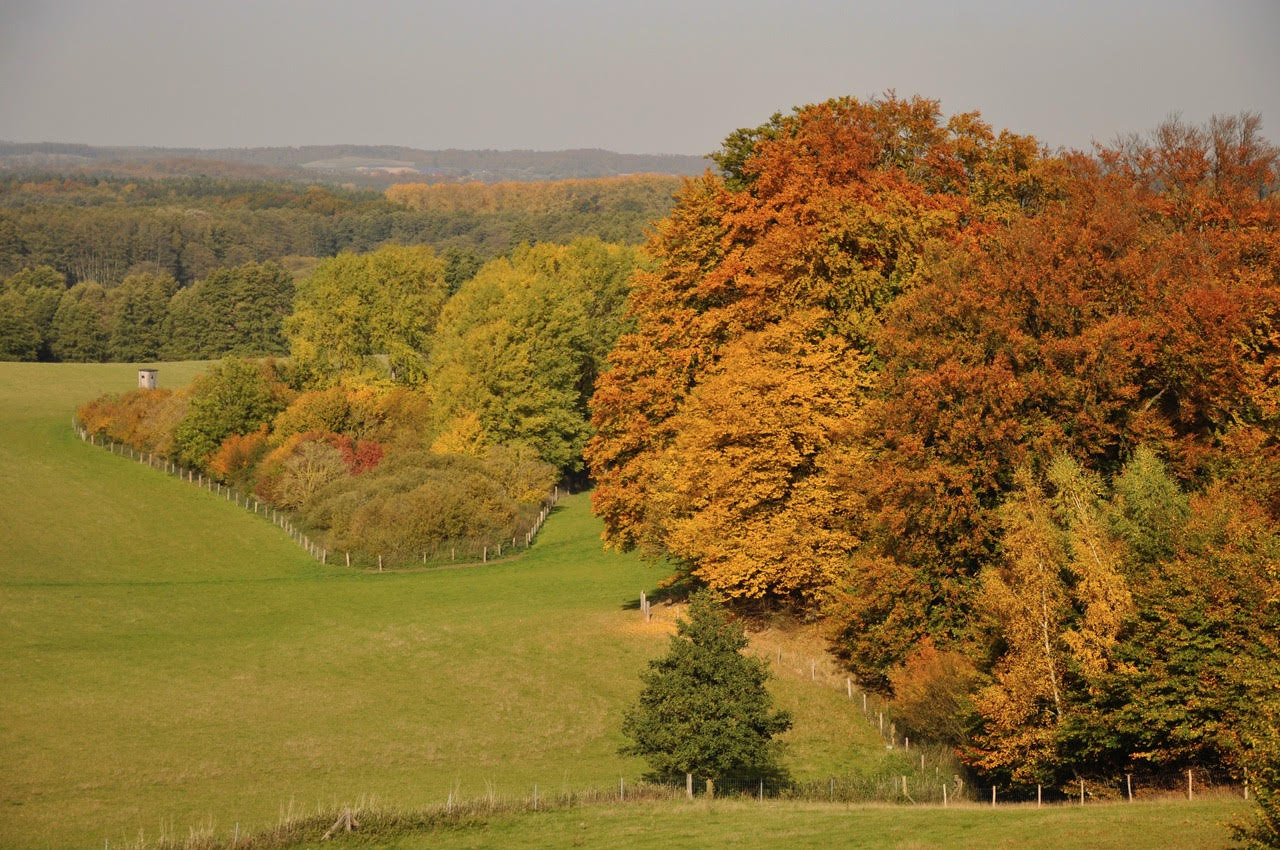There was a long time that I was convinced that the highest point of MV must be the beach shelter of passionate day-tourists from Berlin who cavort on the coast in the summer. I have always thought that the rural plains are just as important a feature of MV as its taciturn residents or impudent, thieving sea gulls. However, due to Covid-19, I found myself looking out to find an exciting new distraction apart from the daily devastating news and somehow questioning my former beliefs. In the first weeks of lockdown, I immersed myself in readings about MV’s landscape and history to escape my domestic prison and find another appealing refuge apart from my bed. And the refuge I found during my research fundamentally changed my view of the state. Let me introduce you: the Warnow-Durchbruchstal.
[mappress mapid=”415″]
Several thousand centuries ago, after the last glacial epoch, parts of MV were transformed into a terminal moraine where glaciers had carved out and pushed up earth masses, creating valleys with framing hill formations. One of these stunning valleys is the Warnow-Durchbruchstal near the little town Sternberg. When the glaciers disappeared, this particular part of the terminal moraine was formed by the river Warnow that broke its way through the masses of earth left behind by the glaciers. It has shaped the now wooded steep slopes on either side of the marshy bank as it flowed vigorously around huge boulders in the river bed on its way to the Baltic Sea. On my first hike through the valley, I was totally amazed by the wild beauty of this radiant spot. I just could not get enough of the quietly whispering water, happily chirping birds and sheer endlessness of opulent green treetops that covered the whole scenery. If you want to experience it the same way, I totally recommend taking the circular hiking trail of roughly 4km across the river. If you are brave, you can also discover the valley by boat, but I would recommend a boat trip only to very skilful canoeists. The Warnow tends to have several white-water flows and poses challenges with floating tree-trunks, boulders and sometimes even extensive beaver lodges.

The valley has always cast a spell on people, even though they have had completely different reasons to come here. Once it had been a safe haven for Slavs, who constructed a colossal refuge castle with an area of 3ha and 10m high earth ramparts, additionally secured with stones and protected by the wild river, impenetrable forest and insuperable marshland. Whenever a German prince or bishop came on horseback and foot to conquer the Slavic land, the Slavs evacuated into one of these impressive forts and simply removed the wooden bridges which were the only access to the fort, so there was no way to take the castle for the conquerors. Nowadays there is a reconstructed wooden bridge over the Warnow to the once proud refuge castle which invites you to take a break and become aware of the beauty of the surrounding untouched nature.
To come back to the initial question: actually, MV do not own any ‘real’ mountains. However, the Slavs have proven that our hills are at least as impregnable formations as any mountain. So, our hills are at least equivalent, if not even more beautiful.

